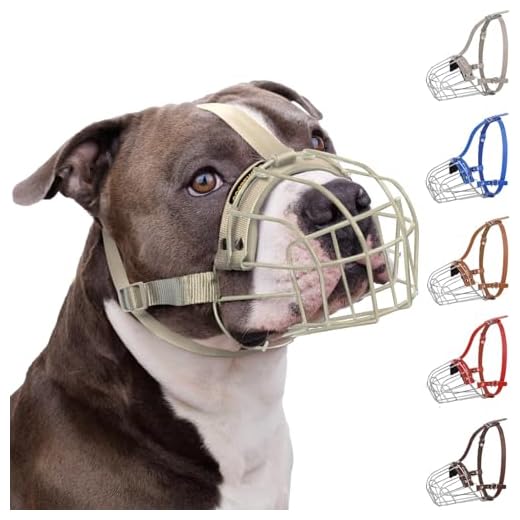


While some fungi are edible and enjoyed by many, the risks associated with certain varieties can be alarming. Many types of these growths are toxic and can lead to severe health issues in our furry companions. It’s best to steer clear of any wild varieties entirely.
In my experience, after adopting my first four-legged friend, I became more aware of what’s safe for her. I once found her curiously sniffing around a patch of wild fungi during our walk. Instinctively, I recalled the brief but informative conversation I had with my vet about the potential dangers. It became clear that avoidance is the best policy.
If you’re considering sharing a meal with your pet, stick to the types that are commonly found in pet-friendly foods. Always consult with a veterinarian before introducing anything new into your pet’s diet, especially if you’re unsure of its safety. Remember, the health of your companion is paramount, and it’s better to err on the side of caution.
Identifying Edible and Toxic Fungi for Canines
Before introducing any kind of fungus into a canine’s diet, it’s crucial to accurately distinguish between safe and harmful varieties. Several species can cause severe illness or even be fatal. Here are some key pointers to help recognise them:
- Common Edible Varieties:
- Button Mushroom: Small, white or brown, commonly found in grocery stores.
- Shiitake Mushroom: Brown with a rich flavour, often used in cooking.
- Portobello Mushroom: Large and meaty, great as a meat substitute.
- Identifying Toxic Varieties:
- Amanita phalloides (Death Cap): Greenish cap, highly toxic; can be fatal.
- Galerina marginata (Deadly Galerina): Brown and small; found in decaying wood.
- Cortinarius species: Rusty brown caps; may cause kidney failure.
When in doubt, it’s best to consult with a veterinarian. Always err on the side of caution. If your canine has consumed an unknown variety, seek immediate veterinary assistance.
To enhance your knowledge about animal care, check out this resource on when did dog training start. Understanding historical training practices can enrich your relationship with your pet.
Symptoms of Mushroom Poisoning in Dogs
Immediate veterinary attention is crucial if you suspect ingestion of harmful fungi. Common indicators include vomiting, which may occur within an hour of consumption. Look for signs of diarrhoea, as this can escalate quickly. Excessive salivation is another symptom to watch for, along with signs of abdominal pain such as whining or a hunched posture.
Neurological Signs
Watch for tremors, seizures, or disorientation. These may indicate severe toxicity. If your canine companion exhibits any unusual behaviour, such as difficulty walking or abnormal reactions to stimuli, it’s essential to seek help. Increased heart rate or respiratory distress can also be alarming signs.
Gastrointestinal Distress
If your furry friend shows a lack of appetite or extreme lethargy following ingestion, this could signal a problem. Keep an eye on their behaviour and note any changes. If you notice these symptoms, act swiftly and contact your veterinarian. Early intervention can make a significant difference in recovery.
Each minute counts, and knowing what to look for can save lives. Always err on the side of caution and have a list of local veterinary clinics handy, just in case. Your pet’s health is worth it.
What to do if your dog consumes a mushroom
Immediately contact your veterinarian or a local animal poison control centre. Quick action is vital. Provide them with details about the type of fungus consumed, if known, and any symptoms observed. If possible, take a sample or a photo of the fungus to aid in identification.
Monitor for symptoms
Keep an eye on your pet for any signs of distress. Symptoms may include vomiting, diarrhoea, lethargy, or seizures. Document any changes in behaviour or physical condition, as this information can assist the vet in determining the best course of action.
Prevent further ingestion
Remove any remaining fungi from your yard or surrounding area to prevent future incidents. Regularly inspect your garden and educate yourself about local species to know which ones pose risks. Training your companion to avoid unknown items during walks can also help reduce exposure.
Preventing Mushroom Ingestion in Dogs
To minimise the risk of your pet coming across fungi, always supervise outdoor activities. Create a designated play area in your garden, free from wild plants. Regularly inspect your yard, removing any suspicious growth promptly.
Training your companion to respond to commands like “leave it” can be invaluable. Positive reinforcement techniques can help instill this behaviour, ensuring they avoid unwanted items on walks or during playtime.
When out and about, keep your furry friend on a leash, especially in wooded areas or parks where wild varieties might thrive. This control not only prevents accidental sampling but also fosters a safer experience overall.
Consider using a muzzle if your pet has a tendency to explore with their mouth. Choose a comfortable, well-fitted option that allows for panting and drinking while keeping unwanted items at bay.
Educate yourself about local species that could pose risks. Familiarise yourself with common varieties in your area, so you can better identify them during walks or hikes.
Involve your vet in discussions about preventative measures. They can provide tailored advice based on your pet’s behaviour and environment, ensuring you have the best strategies in place.
Encourage friends and family to be mindful as well. If your pet visits other homes or is around other animals, ensure those environments are free from harmful fungi. A collective effort makes for a safer community.






